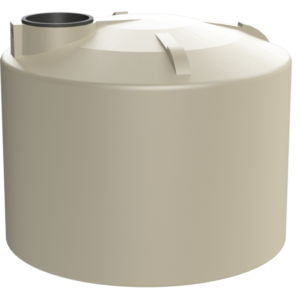In Australia, rainwater harvesting is frequently accomplished through the use of rainwater tanks. Given the region's erratic climate and recurring drought conditions, it is a significant and sustainable water management strategy in many Australian locations.
To capture rainwater runoff from buildings and store it for use in irrigation, laundry, toilet flushing, and, in certain cases, as drinking water after adequate treatment and purification, people purchase a variety of rainwater tank types, such as PVC round water tanks in Melbourne.
Furthermore, as part of larger water conservation initiatives, government incentives and laws frequently promote the building of rainwater tanks.

Available Rainwater Storage Tanks from Reputable Manufacturers:
To lessen reliance on local water supply sources of information, many Australian homes and businesses install high-quality rainwater tanks.
To preserve water for various purposes in homes and businesses and lessen the effects of water shortages during dry spells, these tanks are offered in a range of shapes, sizes, and colours by some well-known retailers.
Customers can get the water storage tanks they want from a large assortment of high-quality stainless steel and poly water tanks from reliable suppliers to satisfy certain requirements.
The necessary information about the rainwater storage tanks, including whether they are reasonably priced, long-lasting, and food-grade, should be obtained by visiting their websites.
These websites offer a variety of sizes and shapes, including round ones with capacities ranging from two-hundred fifty to fifty-thousand litres; slimline water tanks; colour-bond steel containers with different capacities; and high-quality water.
Locate a Trusted Supplier of Rainwater Tanks Locally:
- It takes careful research online and care to find a reliable supplier in the nearby area.
- Start by looking for nearby dealers using Google Maps or online directories. Then, evaluate their reputation by reading reviews and ratings.
- Consult with companions, coworkers, or neighbourhood organisations that have dealt with comparable suppliers for advice.
- Examine the supplier's products, credentials, and client endorsements on their website.
- Make sure the source offers dependable after-sales support along with high-quality products.
- Speak with them about your requirements and evaluate their knowledge and attentiveness.
- To discover the best deal between quality, cost, and customer service, compare several possibilities.
Overall, follow these steps to find a reliable supplier to put your needs first and provides customised solutions.



No comments:
Post a Comment